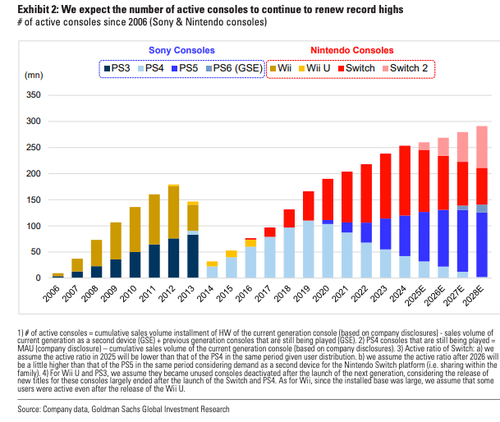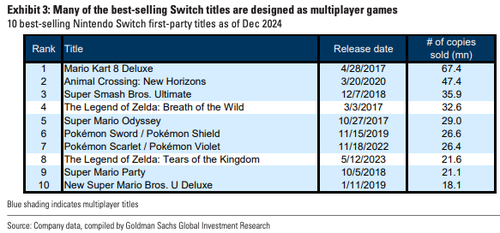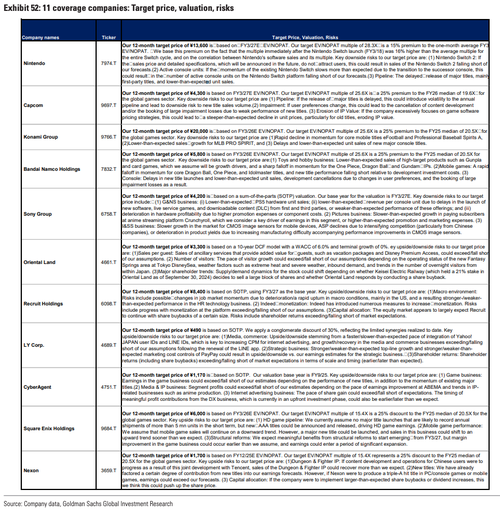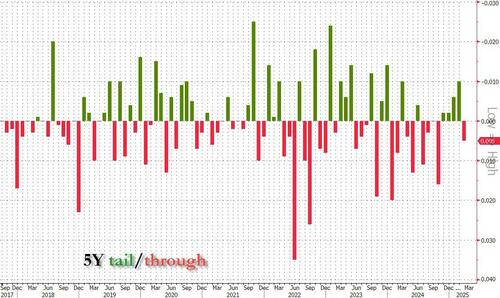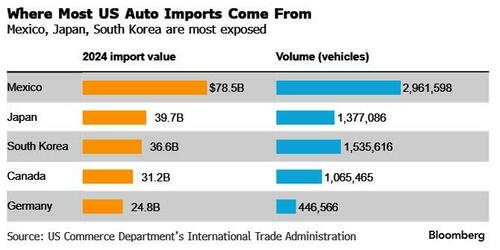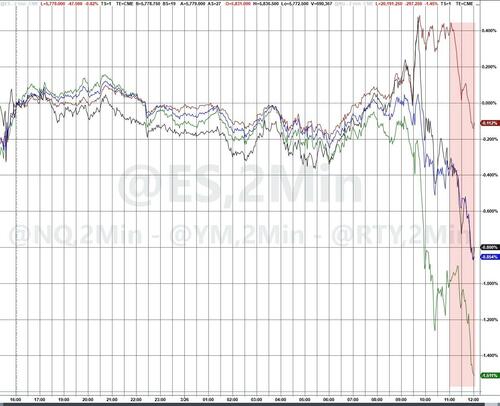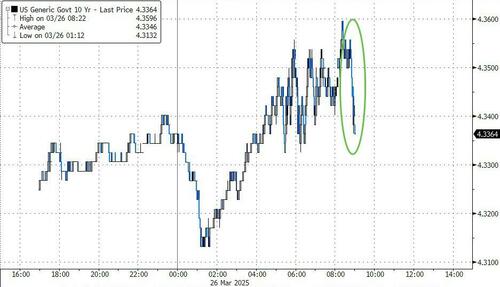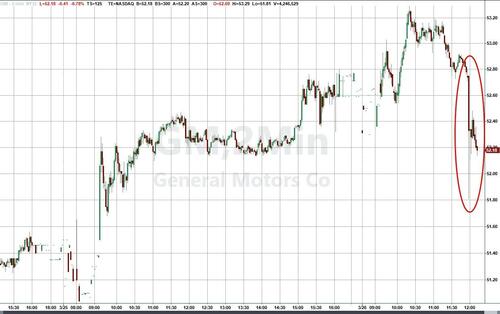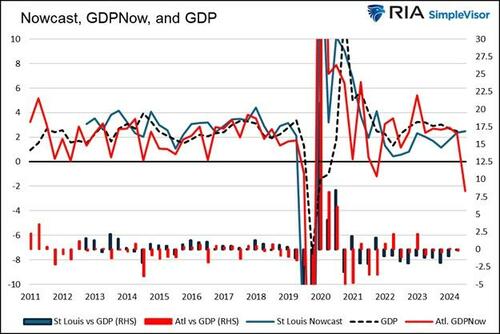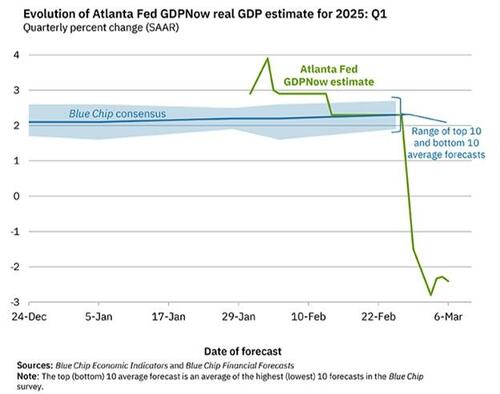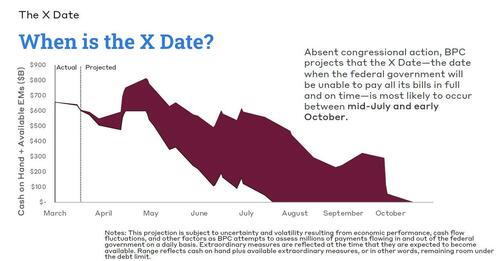Nintendo Shares Jump After Goldman Sees Switch 2 Unlocking Dormant Users
Nintendo shares in Tokyo posted their biggest gain in months after Goldman analysts Minami Munakata and Haruki Kubota resumed coverage of 11 Japanese companies in the games, entertainment, and internet sector. The analysts noted that “the global games market re-entered a growth phase since 2024” and forecasted “the number of active consoles to continue renewing fresh highs globally from 2025.”
Munakata expects the near-term rollout of Nintendo Switch 2 (the successor to the Nintendo Switch) will “unlock dormant hardware and dormant users” and send “the number of active consoles to continue to renew record highs.”
“Nintendo plans to launch the Switch 2 in 2025, with details due to be announced on April 2,” the analyst said, adding the reason for increased demand for Switch 2 is because of its “unique feature” that allows “and friends to play games together in person either as a home console or as a portable console.”
Tune in tomorrow, March 27th, at 7 a.m. PT for a livestreamed #NintendoDirect, featuring around 30 minutes of upcoming games for Nintendo Switch. There will be no updates about Nintendo Switch 2 during this presentation.
Watch it here: https://t.co/sJFoxe0mq0 pic.twitter.com/1XeAuff5o1
— Nintendo of America (@NintendoAmerica) March 26, 2025
10 best-selling Nintendo Switch first-party titles as of Dec 2024
Munakata also pointed out that the global games industry entered into a growth phase in 2024:
Munakata reinstated coverage of Nintendo with a buy rating and a 12-month price target of ¥13,600, representing a 26% upside from Tuesday’s close. Shares in Tokyo closed up 5%.
It all comes down to console growth—which is the main reason why Munakata is bullish on gaming stocks, including both platform providers and publishers:
-
Among game platformers, we recommend Sony Group (Buy), which has unique entertainment drivers such as anime streaming platform Crunchyroll in addition to its games business, and Nintendo (Buy), for which we expect a further expansion of the active user base after the launch of the Switch 2. We see scope for valuations at both to rise as the market prices in their robust fundamentals amid a supportive games market environment.
-
Among game publishers, we are Buy-rated on Bandai Namco, Capcom and Konami as beneficiaries of the favorable market environment for console + PC games, and are Sell-rated on Square Enix and Nexon, for which we consider valuations stretched amid our outlook for earnings momentum to slow.
-
We are Neutral on Oriental Land, which operates physical entertainment businesses, and on three internet sector stocks (Recruit Holdings, CyberAgent and LY Corp) in light of the market climate and limited upside/fair valuation.
Separately, the release of Rockstar’s Grand Theft Auto VI later this year is expected to provide additional tailwinds for the gaming industry, which had been stuck in a rut for years but appears to have entered a renewed growth trajectory in 2024.
Tyler Durden
Wed, 03/26/2025 – 13:20
via ZeroHedge News https://ift.tt/pcMeNE4 Tyler Durden
